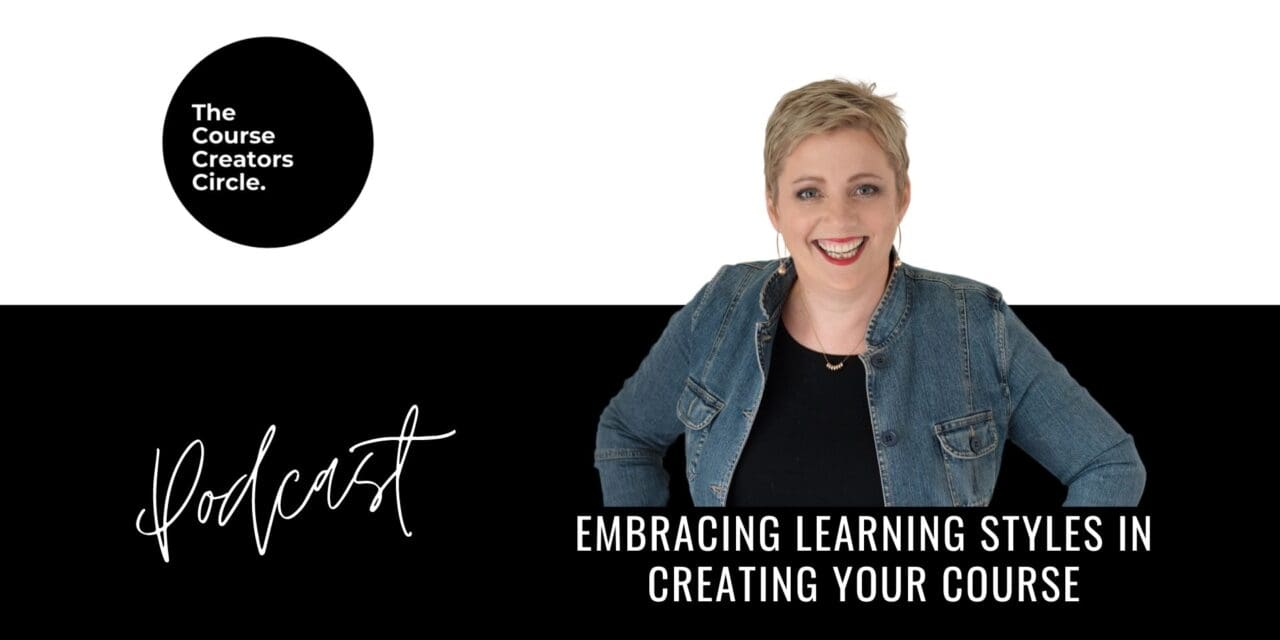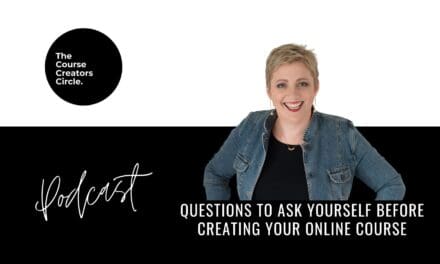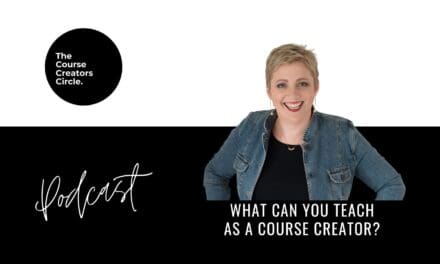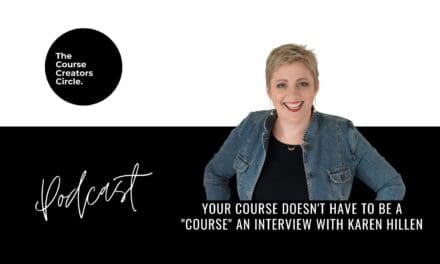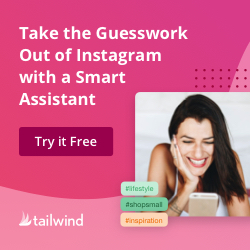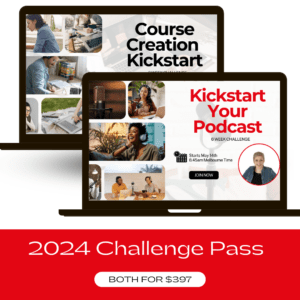Ask any teacher worth their salt and they will tell you they embrace every student’s learning style instead so the student gets the best experience in their courses.
Now when it comes to course creation, online or face-to-face, that remains true. You need to understand the different learning styles so you can engage every type of student with your courses.
Important Big Thing to remember: We know our stuff. Our students don’t. Not yet. We need to bridge that knowledge gap and to do that, we need to step away from our learning style because we naturally have a bias toward it.
We need to embrace all the learning styles when it comes to putting together our course content.
The Three Major Learning Styles:
The Visual Learner
Perhaps the most common type of learner, and I think all of us are visual learners to some extent. After all, our brain receives 80% of information visually.
Visual learners prefer images. They retain information better from infographics, and flash cards, and they love interacting with the content they can see, like filling in worksheets.
What you need for visual learners: graphics, video walkthroughs, annotated transcripts, show notes, flowcharts, text images, workbooks, and imagery in your course materials like boxes for important notes.
The Auditory Learner
Auditory learners can be mistaken for visual learners because they love to read, but the difference is they like reading to repeat it to themselves, or they listen to it in podcasts or audiobooks. They store it in their heads in their own words or memorise it.
Auditory learners work well with repetition and rote learning. They love hearing a concept and turning it over in their minds, taking notes while listening to help themselves remember or understand.
What you need for auditory learners: discussions, talks, interviews, audiobooks, podcasts, audio chapters
The Kinesthetic and Tactile Learner
Kinesthetic and tactile learners like immersion. They want to take part in things. These learners love pop quizzes and learning the answers through those tests. They like going underneath or behind the scenes, building things and getting hands-on.
What you need for kinesthetic and tactile learners: Step-by-step guides, activities, projects, and workbooks.
The new type of learner: The Social Learner
The social learner prefers learning within groups. They like that group or class component, brainstorming or discussions.
This branches off the auditory learner, but while an auditory learner might prefer listening and taking notes alone, the social learner thrives in group settings, participating in a discussion instead of just listening to it.
So these are the four learning styles. It’s important to consider each one as you plan your course content. Every learner type’s preferences are also goldmines of ideas for your course materials and creative assets in your course creation journey!
Get More Course Creation Tips as a VIP Member
As a Course Creators Circle Member you get access to our Course Creation Process from getting that content out of your head right through to launching and marketing your courses.
With access to our Course Creation VIP, you can ask all your course creation questions from Course Creation Expert, Linda Reed-Enever.

